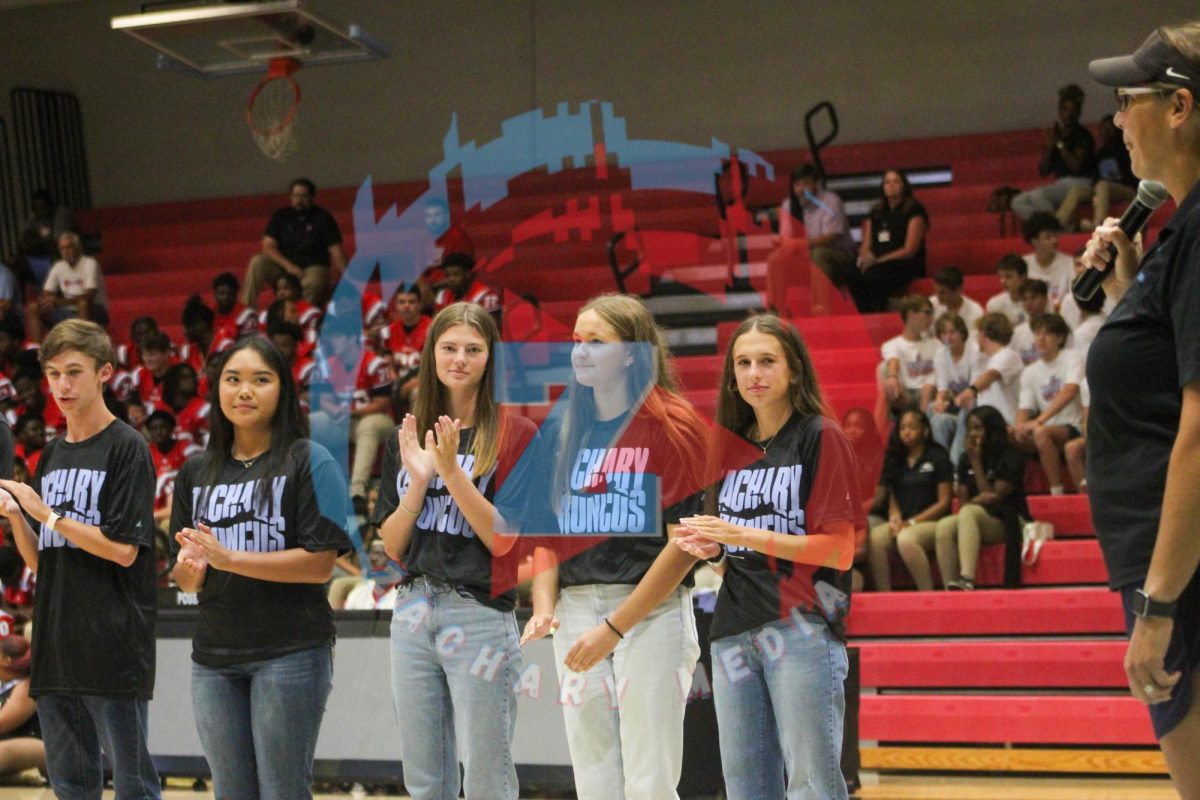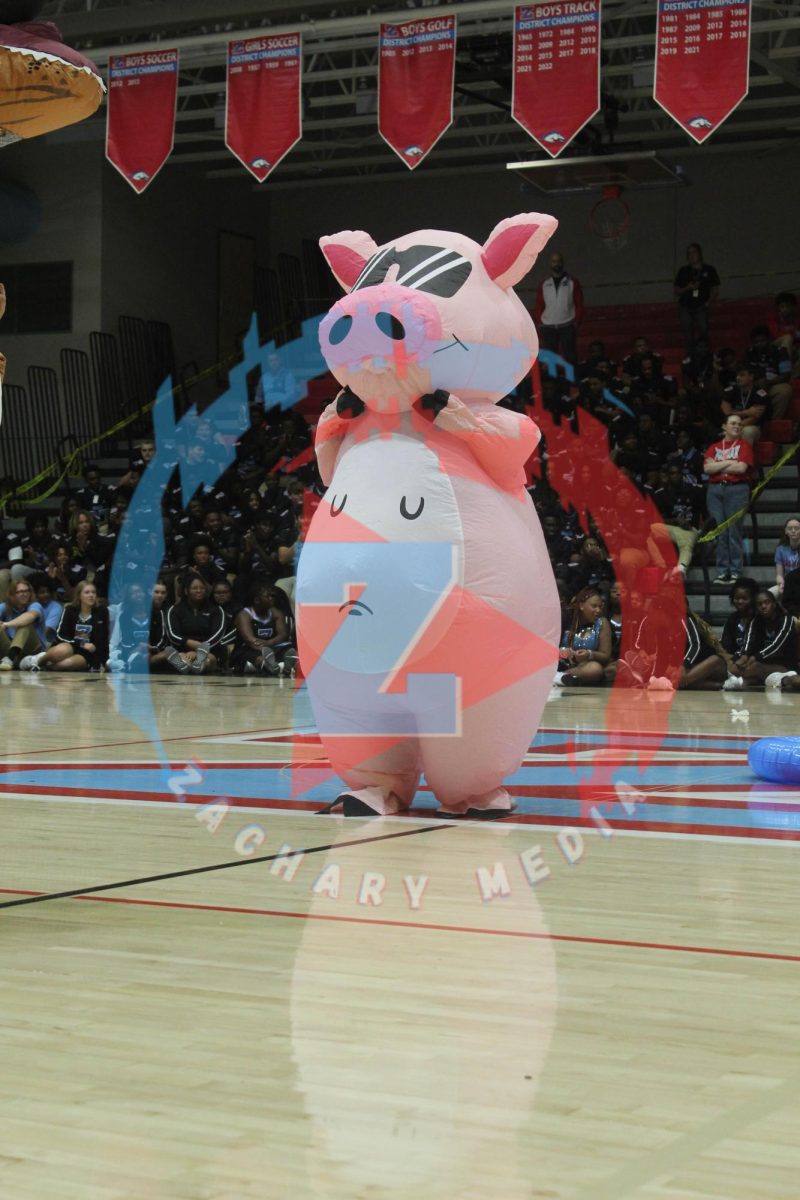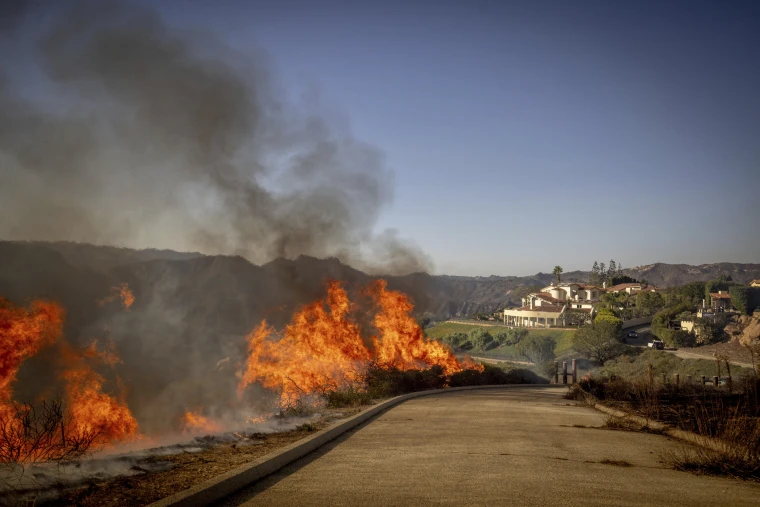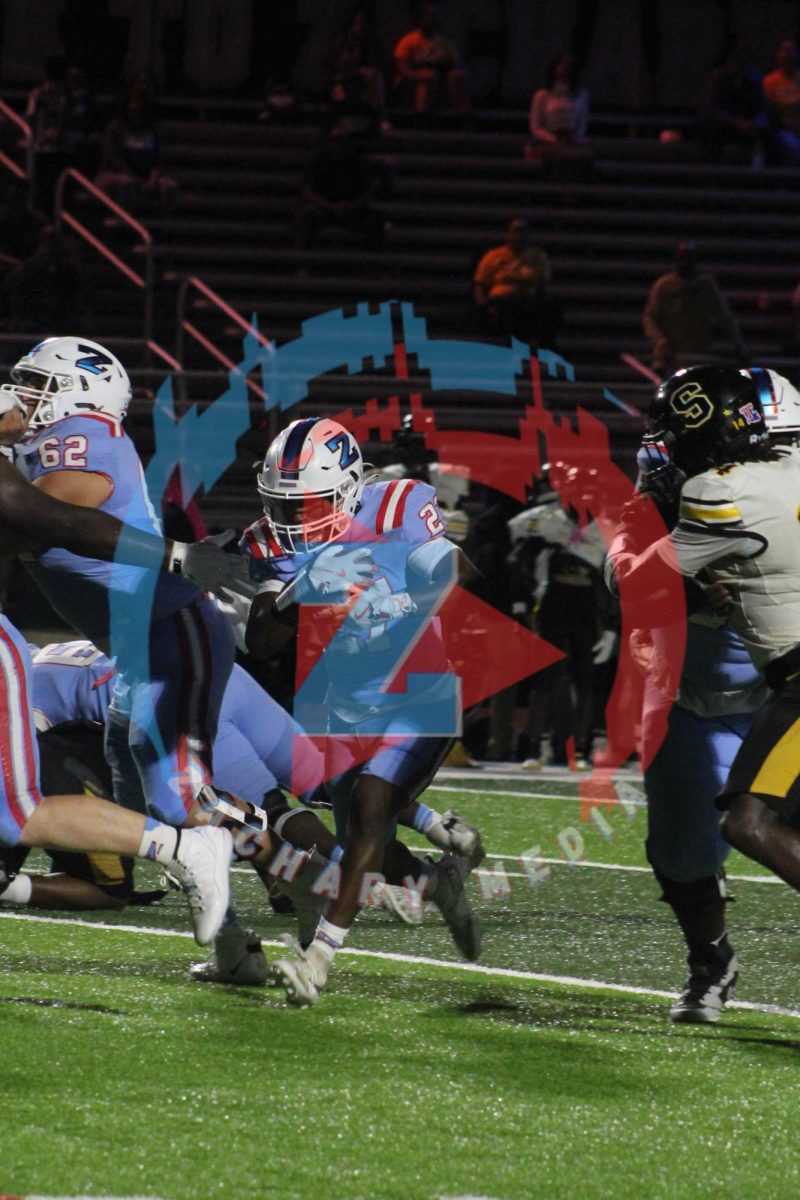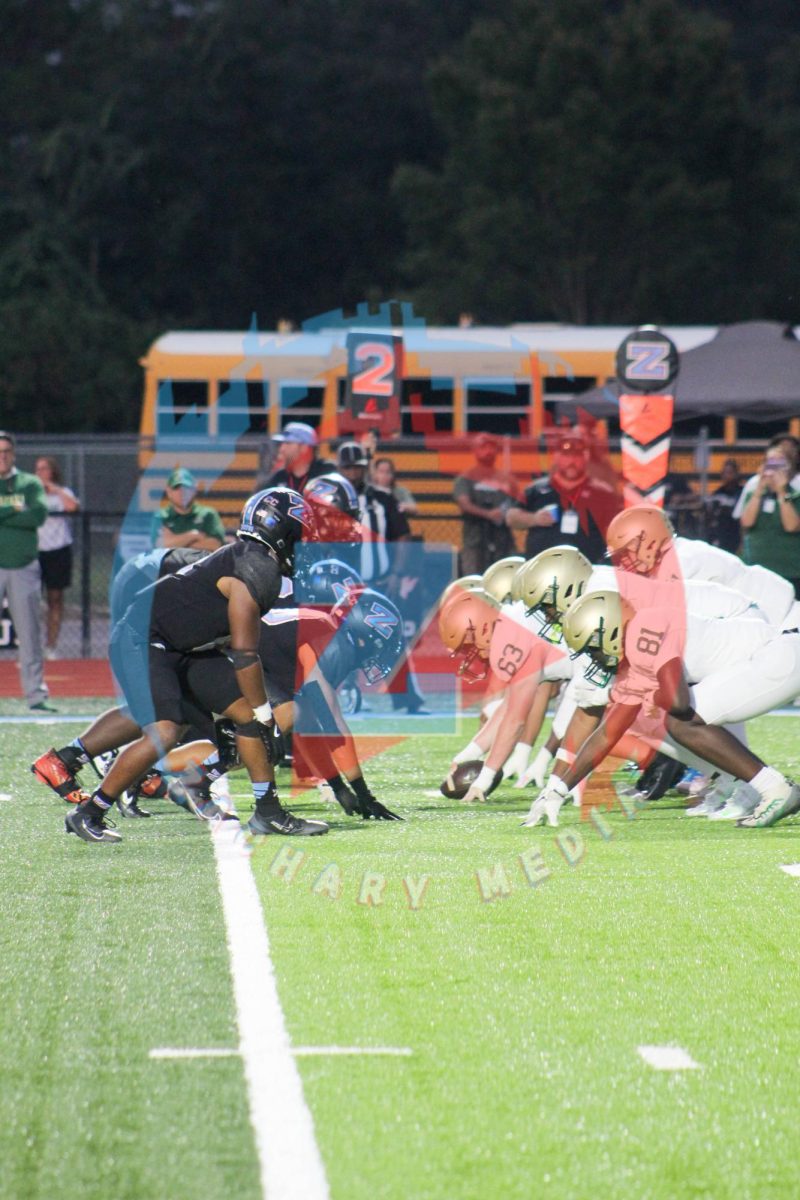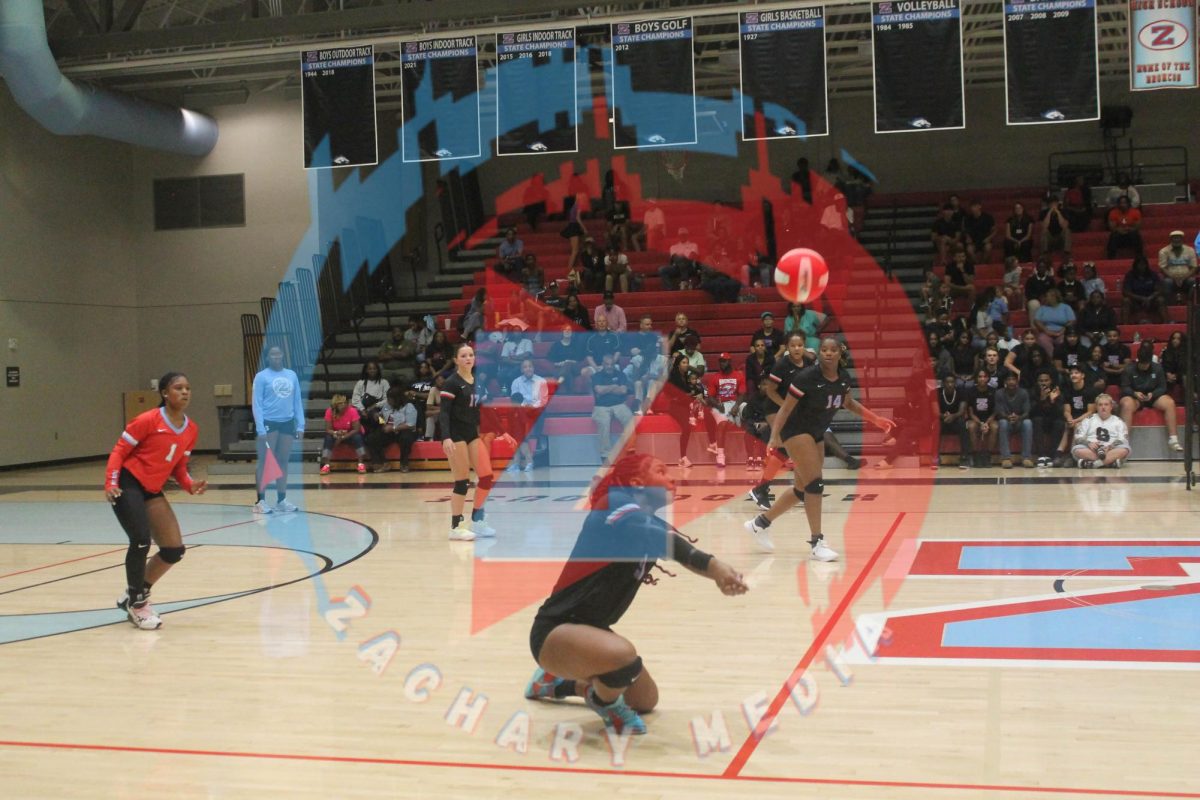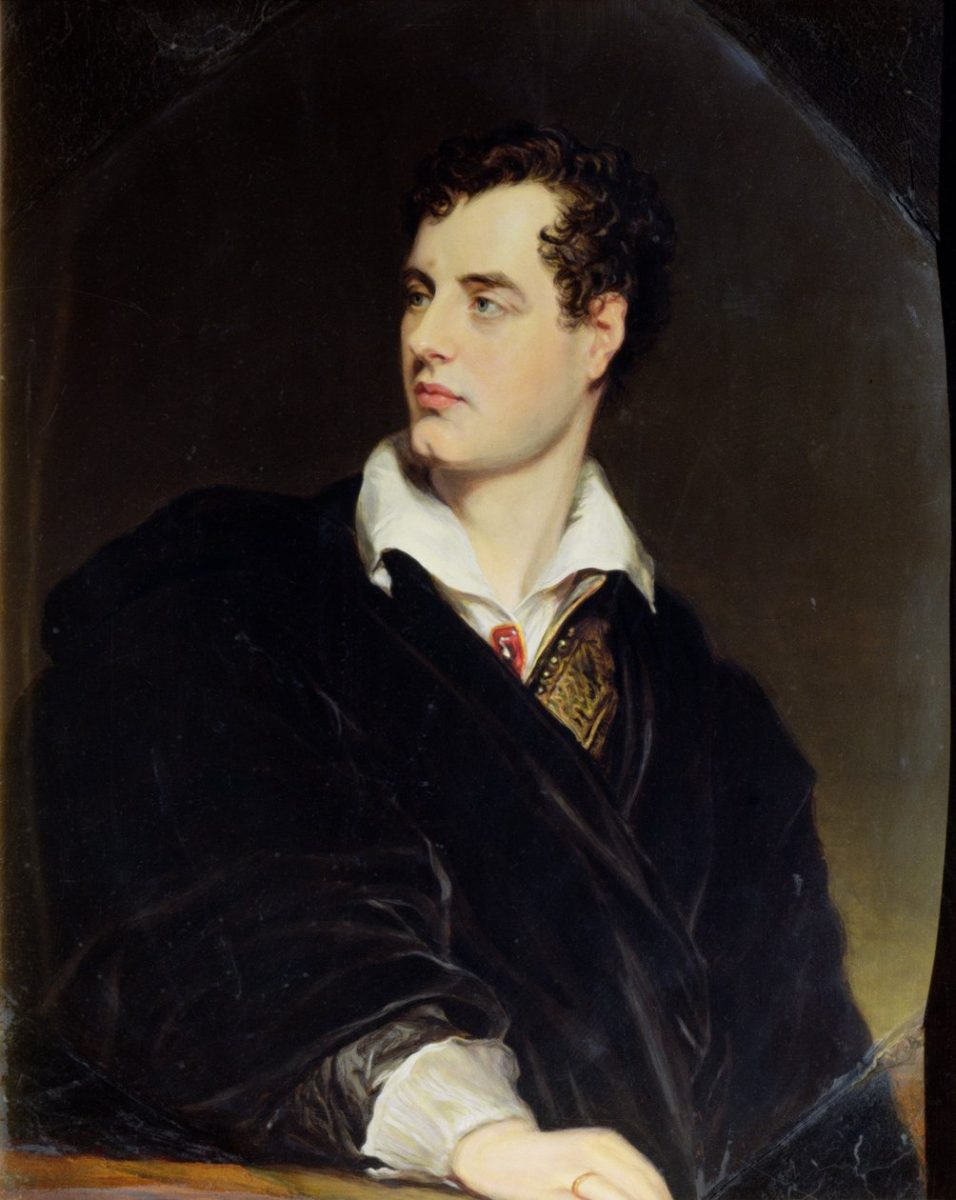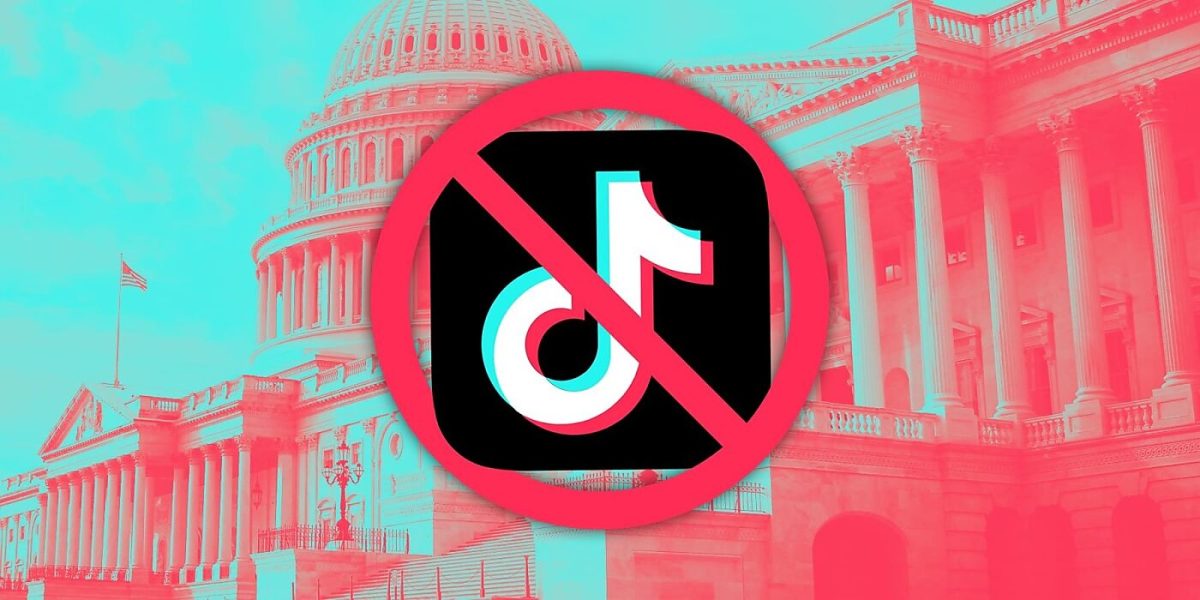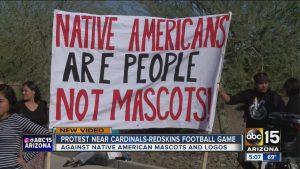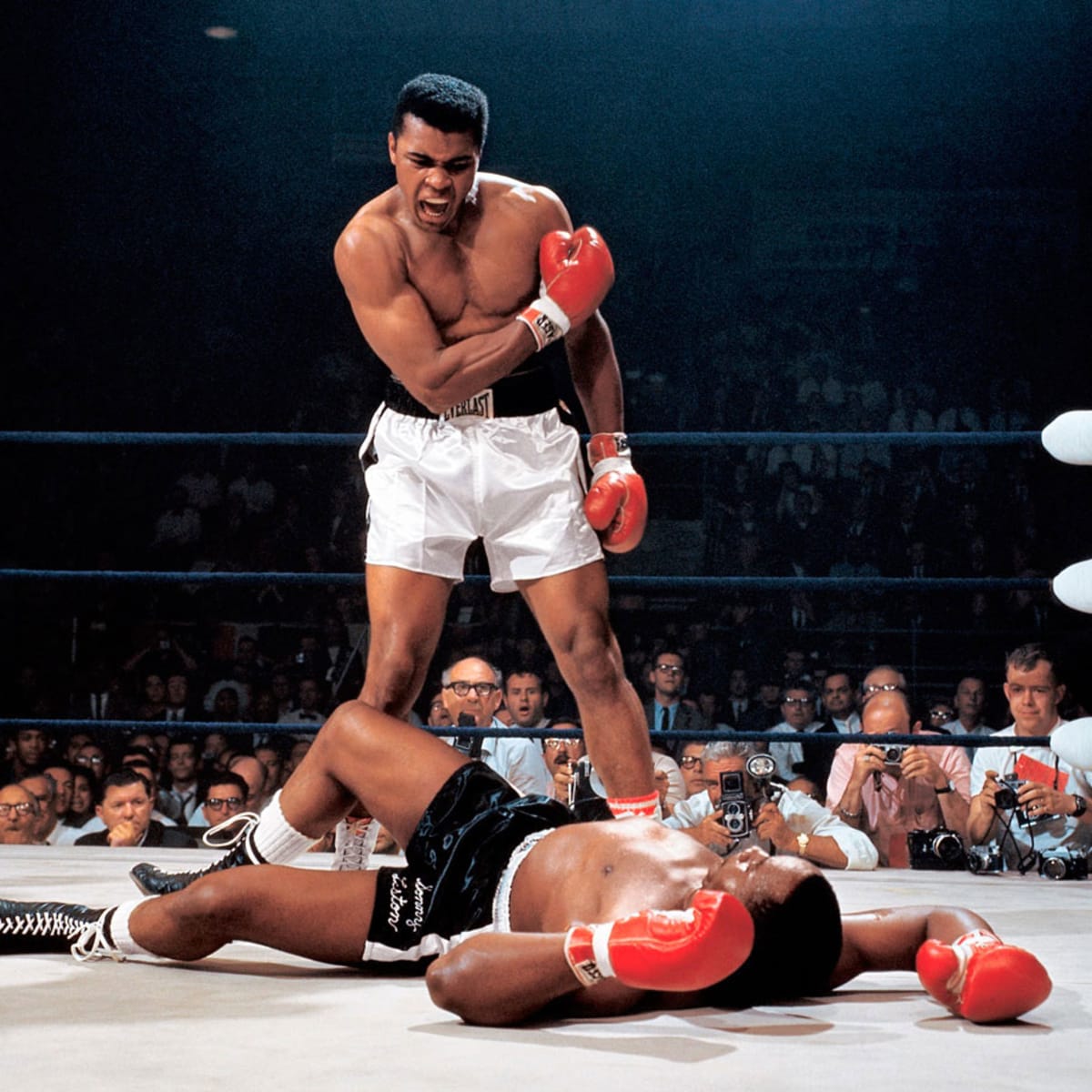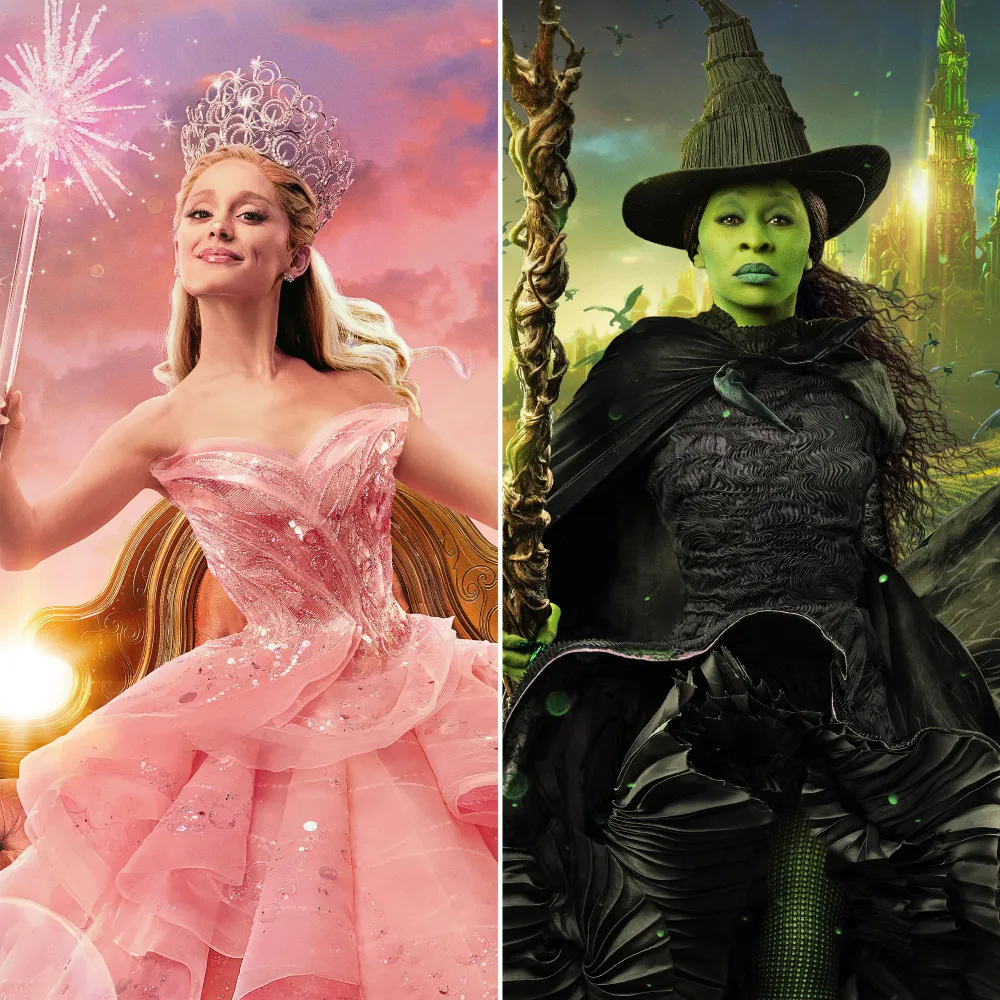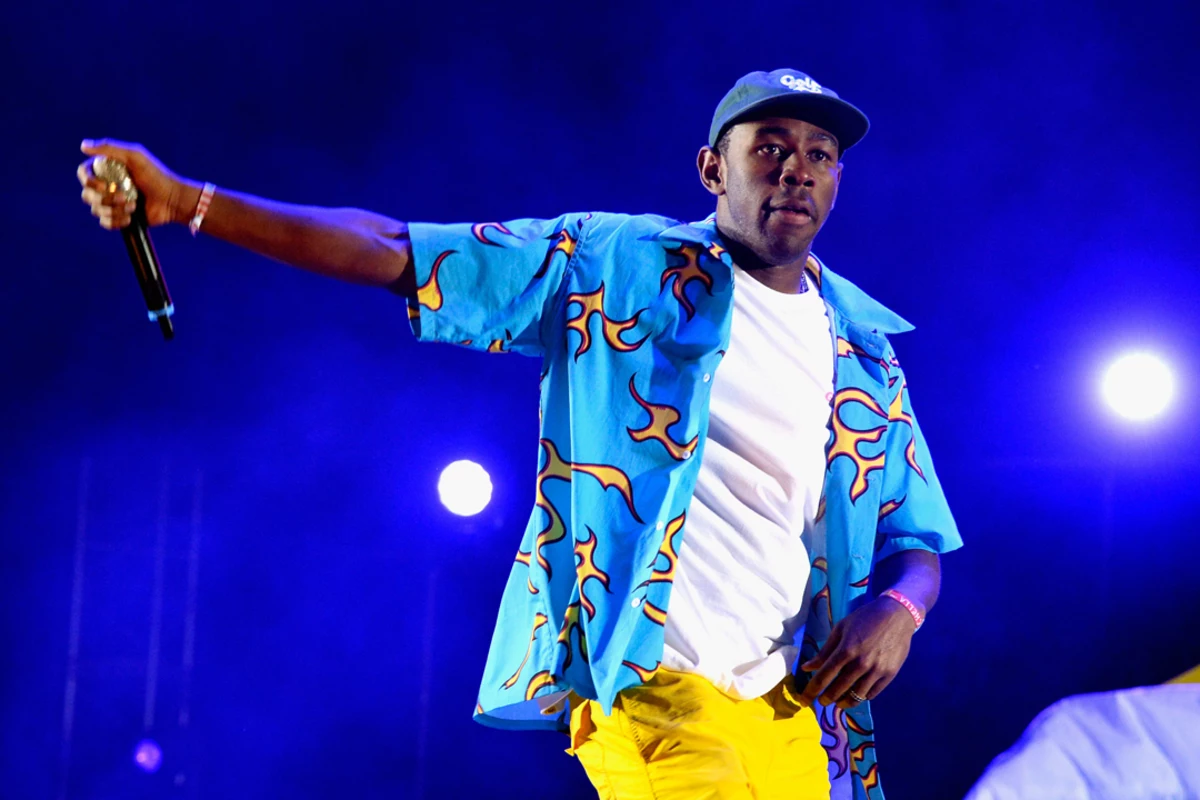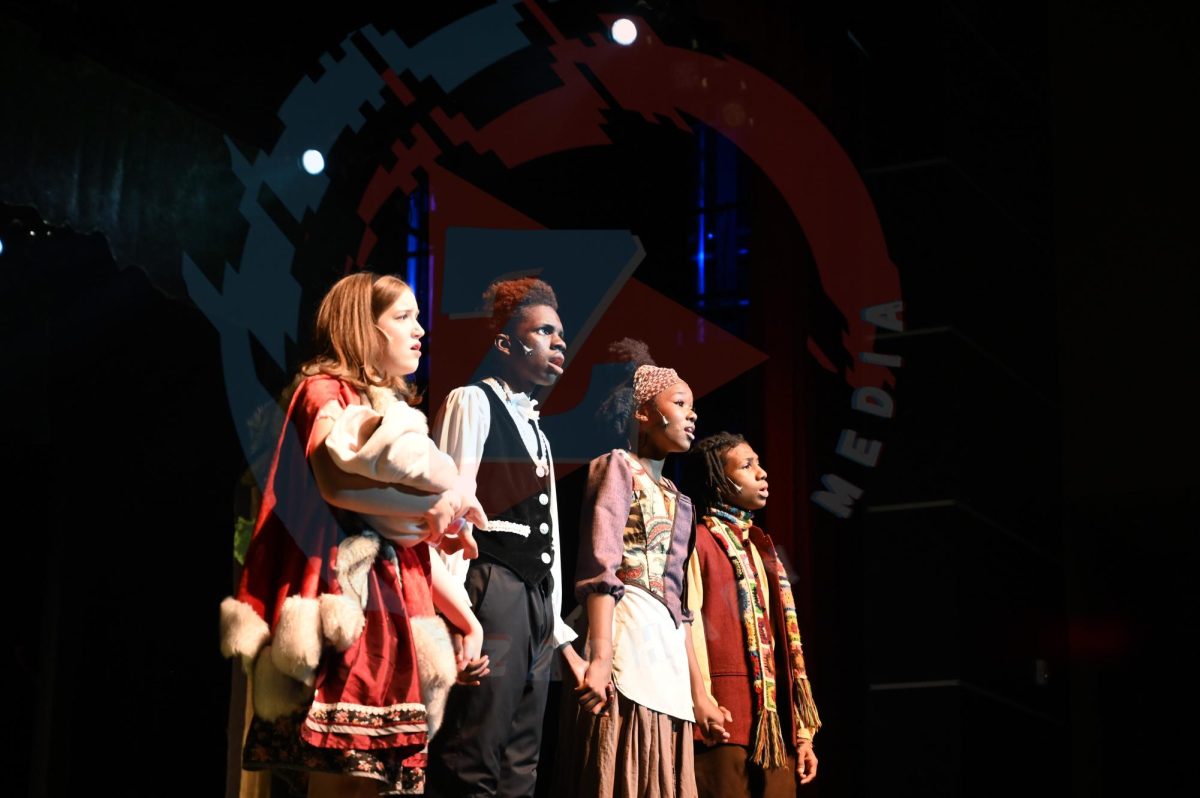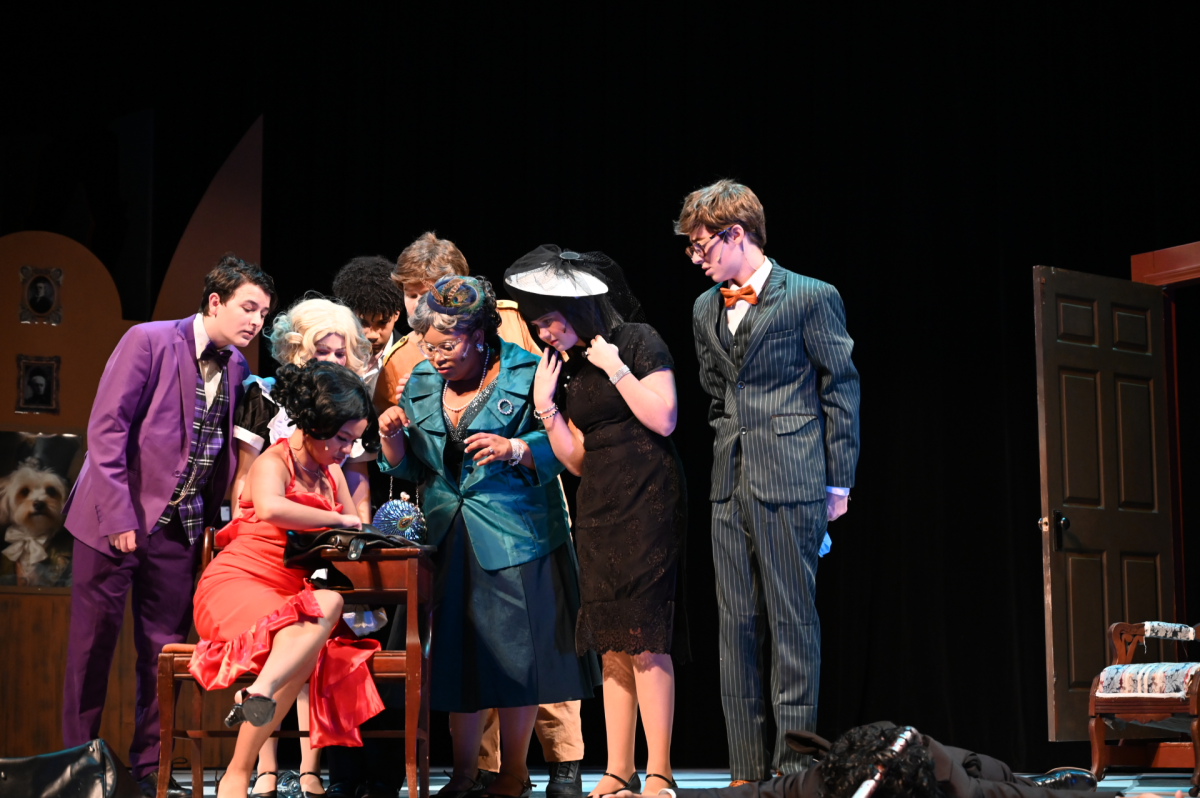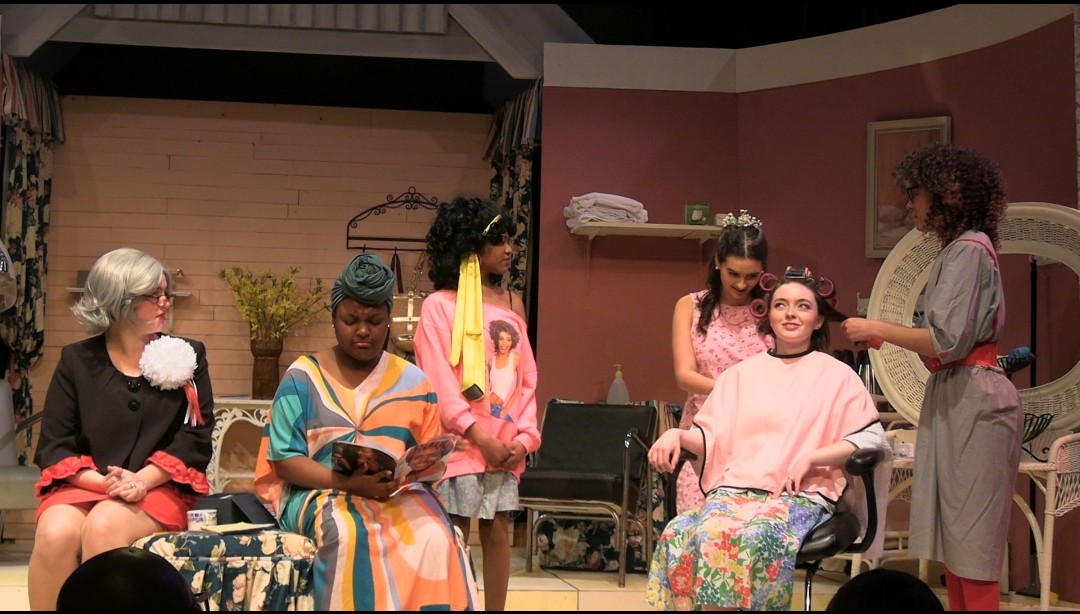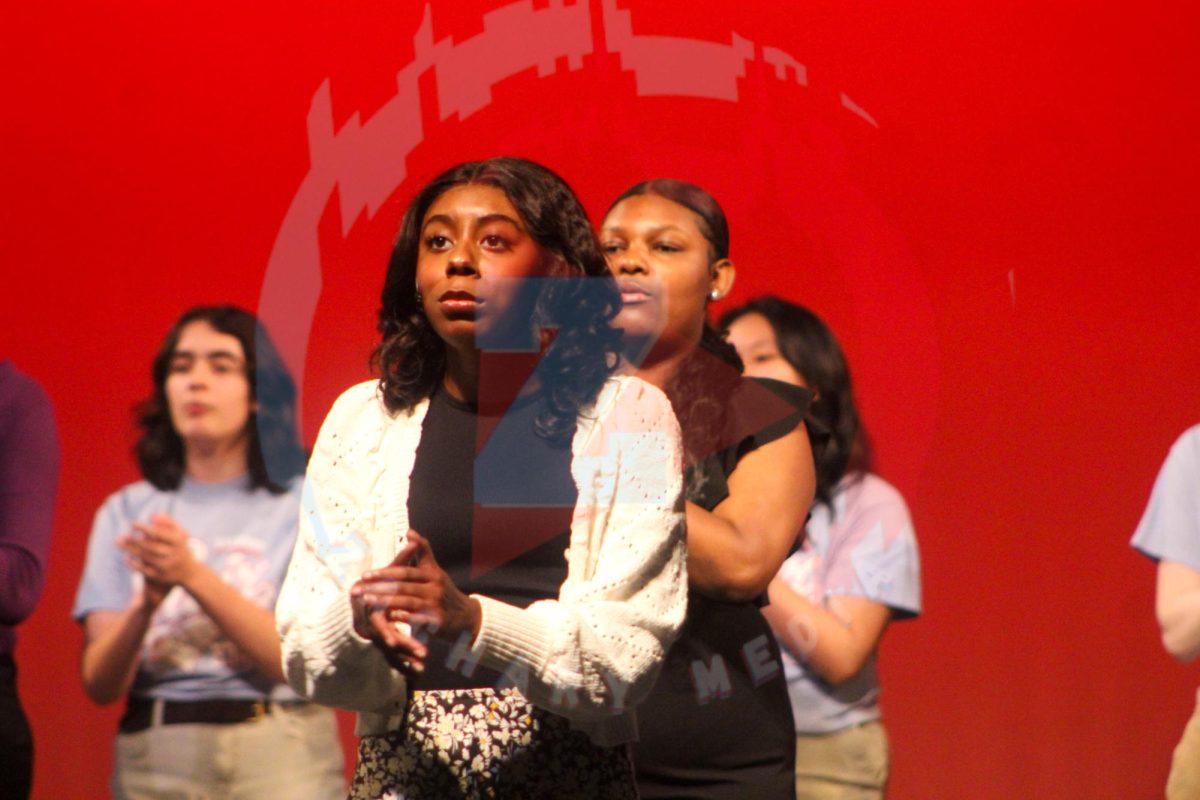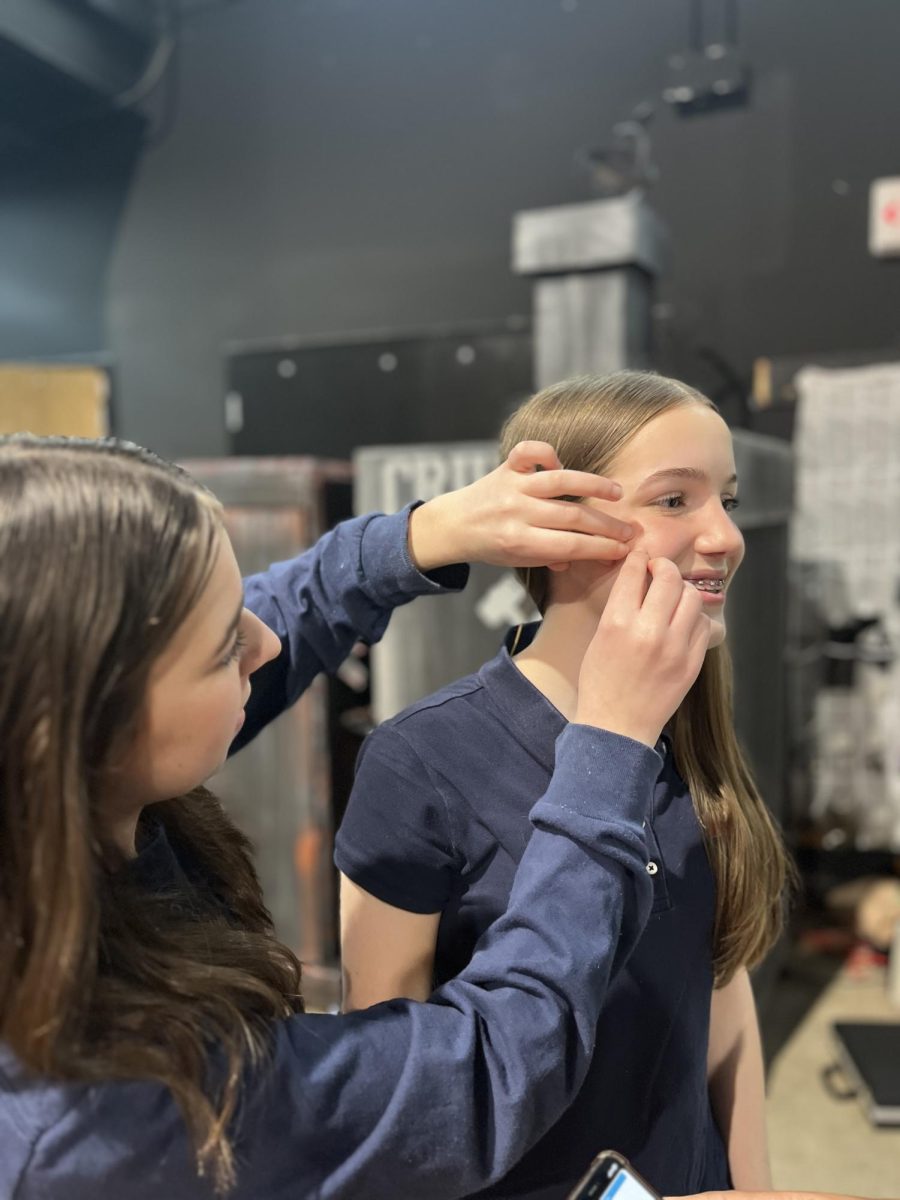Mardi Gras and All It’s Galore
February 19, 2023
Mardi Gras is arguably the most loved holiday in Louisiana. This tradition comes with color, beads, parades, cake, and good food! But do you know the history behind it?
Mardi Gras can be traced back to medieval Europe, passing through Rome and Venice in the 17th and 18th centuries to the French house of the bourbons. The name Mardi Gras means “Fat Tuesday” which is a festive day celebrated in France. This festivity takes place the Tuesday before Ash Wednesday and it represents the close of pre-Lenten season.
In 1699, French-Canadian explorer, Jean Baptiste, arrived on a plot of land just 60 miles south of New Orleans. When him and his men realized that it was the night of the tradition “Boeuf Gras”, which can be translated to “fat cow”, the land was then named “Pointe de la Mardi Gras”. He also established “Fort Luis de la Louisiane” which is present day Mobile, and this is where the very first Mardi Gras ever took place. In Mobile the procession that took place was nothing like what we experience now, large bull heads were carried around on wheels by 16 men which later turned into a real bull being rode around draped in white. Baptiste continued to establish more land, including present day New Orleans in 1718. Around 1730 Mardi Gras became celebrated openly in New Orleans but the parades still didn’t size up to how they are now. Louisiana’s governor, Marquis de Vaudreuil, established elegant society balls that became the model of present-day Mardi Gras balls and by the 1830’s Mardi Gras was completely in swing, New Orleans held street processions with maskers in carriages and horseback riders to celebrate Mardi Gras.
Six Mardi Gras Traditions
Mardi Gras is not a cheap tradition, in order to pay for the floats and the balls early Mardi Gras fanatics started making krews. Krews date back to the mid-nineteenth century, with the first krew being the Mistic Krew of Comus. Krews are secret societies who work year-round to plan Mardi Gras festivities. Now of course krews are not as exclusive as they once were, but they still hold the same meaning. These private clubs are the reason Mardi Gras is one of the most extravagant holidays, currently there are more than 60 krews just in south Louisiana and the number continues to grow each season.
It is well known and traditional to wear the colors, purple, gold and green. These colors were used to honor the Russian Grand Duke Alexei Alexandrovich Romanov who visited New Orleans during the city’s festive season in 1872. The colors are not just any ordinary colors, they represent justice (purple), faith (green), and power (gold), and they have continued to be a huge symbol of Mardi Gras.
 Masks seem to be such a simple Mardi Gras tradition, but they hold a lot more meaning. In the early days of Mardi Gras people would wear masks to escape social constraints. The masks allowed them to mingle with anyone no matter their financial and economic status. Most krews would use masks to hide their identities because of the exclusivity of the krew society. Surprisingly riders on floats are required by law to wear masks to hide their identities in the present day, some wear masks while others just paint his or her face.
Masks seem to be such a simple Mardi Gras tradition, but they hold a lot more meaning. In the early days of Mardi Gras people would wear masks to escape social constraints. The masks allowed them to mingle with anyone no matter their financial and economic status. Most krews would use masks to hide their identities because of the exclusivity of the krew society. Surprisingly riders on floats are required by law to wear masks to hide their identities in the present day, some wear masks while others just paint his or her face.
Many items get thrown in Mardi Gras parades, beads being one of them. Beads, at first, were made of glass but in the mid-twentieth century krews began to throw plastic beads instead. As well as beads krews will throw doubloons that feature the krews founding date, emblem, name, current year, and theme. Now the most signature throws are the Zulu coconut or “golden nugget”, the coconut meat is typically removed, and the outside shell is hand painted by riders of the float. Some krews have their own signature throws which are often hand decorated by the riders as well.
King cakes are the most well-known tradition of Mardi Gras. Typically, king cakes are topped with purple, green, and gold sugar icing. They can be eaten plain or filled with fruit, pecans, or cream and cheese. Inside the cake usually hides a plastic baby which is said to represent baby Jesus. Per tradition whoever receives the piece of cake with the baby must buy the next cake or throw the next party. Over 500,000 king cakes are bought during Mardi Gras season and over 50,000 are shipped out of state every year.
Slaves or free people of color were the original flambeaux. Flambeaux are people who would walk in the front of the parade carrying large torches to light the way of the parades. Modern day flambeaux dance with their torches drawing the attention of spectators with their world class performances, helping to enhance the spectacle of the floats.

One of the most mysterious aspects of Mardi Gras, especially to visitors, are the Mardi Gras Indians. Mardi Gras Indian Tribes were formed by African American communities who were excluded from parades and krews. They are known to poke fun at krew royalty and governing structures. There are 30 to 40 tribes in New Orleans today. Tribes compete to see who can come up with the most outrageous and extravagant suits or handmade costumes consisting of thousands of feathers.
Mardi Gras in Zachary
Our hometown doesn’t do much for Mardi Gras, but northwestern elementary school holds a small parade for the kindergardeners and preschoolers. The Friday before school let out, kindergarteners, high schoolers, and middle schoolers all came together to participate in the parade. High schooler, Lauryn White (10), expressed her love of the family atmosphere that Mardi Gras creates, she was excited to interact with the kids and grateful to be a part of the parade. With Zachary High’s Band of Blue leading the way, with an upbeat tempo, high schoolers and middle schoolers pulled the kids down the parade route. As the children threw and received the candy, you could see all the joy and excitement on all their faces.
As you celebrate this joyous tradition remember the meaning of it all. Stay safe and have fun this Mardi Gras!
Mardi Gras history. Mardi Gras New Orleans. (n.d.). Retrieved February 16, 2023, from https://www.mardigrasneworleans.com/history/#:~:text=The%20origins%20of%20Mardi%20Gras,followed%20France%20to%20her%20colonies.
Hotel Monteleone (2022) 7 New Orleans Mardi Gras traditions and their history, Hotel Monteleone. Available at: https://hotelmonteleone.com/blog/new-orleans-mardi-gras-traditions/#:~:text=Mardi%20Gras%20Krewes%20date%20all,society%20to%20host%20a%20parade. (Accessed: February 16, 2023).
Marshall-Thomas, A. (2015) Top 10 Mardi Gras traditions you should know, Culture Trip. The Culture Trip. Available at: https://theculturetrip.com/north-america/usa/louisiana/new-orleans/articles/top-10-mardi-gras-traditions-you-should-know/ (Accessed: February 16, 2023).


